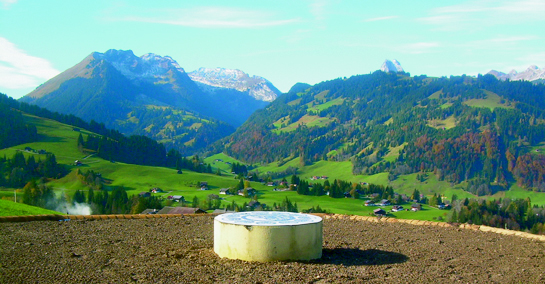
People | Place | Produce
… from the worlds of creative cooking, indigenous ingredients, traditional produce, artisanal products, sustainable food security and symbolic recognition …
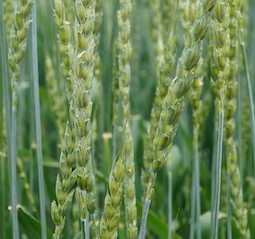
GERMANY
Fränkischer Grünkern
The good people of Neckar-Odenwald want to share their unique cuisine using the unripe grains of Bauländer spelt, sold as Fränkischer Grünkern in southern Germany and now a protected designation of origin (PDO). They have produced a book – Hauptsache Grünkern (Mainly Greencorn) – with 150 grünkern-themed recipes.
More.
Ingredient — Spelt Grain
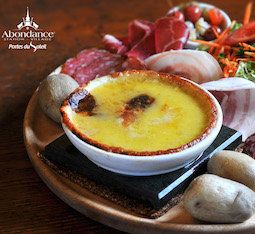
FRANCE
Berthoud à l’Abondance
A traditional recipe made with Abondance cheese served in a porcelain dish has been granted traditional specialities guaranteed (TSG) status. It is named after the Berthoud family who created a melted cheese gratin using Abondance cheese at their bistro in Thonon- les-Bains over 100 years ago.
More.
Ingredient — Abondance Cheese

CROATIA
Zagorski Mlinci
These thin flatbreads made with soft wheat flour, salt and water owe their existence to a centuries-old tradition passed from generation to generation. As long as the people of the Zagorje region were able to grow wheat and had access to a mill they were able to thwart the constant threat of hunger. That would make their protected geographical indication (PGI) symbol ironic.
More.
Ingredient — Wheat Flour

ITALY
Radicchio di Verona
The un-sung hero of Italy’s indigenous radicchio varieties, radiccho di Verona is the essential ingredient in various traditional recipes of the region – cappelletti, cupole, fagottini, frittata, pizza, riso, risotto. With its uniquely crisp leaves and slightly bitter taste, it adds flavour and taste.
More.
Ingredient — Chicory

IRELAND
Báirín Breac | Barm Brack
The brack is now an enigmatic product in Ireland, once a daily regular made in the home it was the barm variety that became a bakery speciality in the towns and townlands along the Suir river in county Tipperary – and now it deserves recognition as a specialist food product.
More.
Ingredient — Vine Fruit

ITALY
Amatriciana Tradizional
The Laga mountain range in the central spine of Italy is truly spectacular, equally breathtaking and tranquil, a place where people and produce have always been joined in culinary matrimony. This is the home of a sauce that is no longer one of those secrets we never get to learn.
More.
Ingredient — Pork Jowl

SWITZERLAND
Charlie’s Shoes
The shoes Charlie Chaplin ate in the film Gold Rush were made of leather whereas Charlie’s shoes at Laderäch in Vevey are made of chocolate. These delightful treats will probably never qualify for a symbol despite their association with the artisanal chocolate industry in Vevey.
Ingredient — Chocolate

SWITZERLAND
Roggenbrot
Rye bread is rye bread, right? The Swiss of the Alpine valleys would disagree and suggest that their rye bread is from a different world. That would be true and we would be inclined to agree, especially when that rye bread is made in the Imwinkleried bakery at Fiesch in the Wallis canton.
More.
Ingredient — Rye Flour

TURKEY
Kurutulmus Patlican
These dried aubergines of Gaziantep are stuffed with several iconic products of Turkish traditional cuisine – minced beef or lamb, baldo or osmancık rice, olive oil, dried mint, pomegranate molasses, red pepper paste and tomato paste – an introduction to the diverse foods of Anatolia.
More.
Ingredient — Dried Aubergine

LATVIA
Speķa Pīrāgi
There are filled pies, there are bread rolls and there are bread cakes, and then there these delightful little bacon and onion stuffed breads of Latvia – unique in every way yet redolent of every aspect of bread making and pastry making across Europe with more than a gesture to the pie tradition.
Ingredient — Pork Crackling

ITALY
Gragnano Orecchietta Artigianale
The story of Italy’s ear-shaped pasta is yet to be told and some time soon we expect to reveal its history. For now console yourself with whichever packet of l’orecchietta you can find, but if you see a packet with Gragnano written on it don’t hesitate. We used to buy it in a shop off the Piazza Giuseppe Garibaldi in Naples to make the dish this pasta is made for – orecchiette alle cime di rapa (pasta with turnip tops).
More.
Ingredient — Durum Wheat Gragnano-style
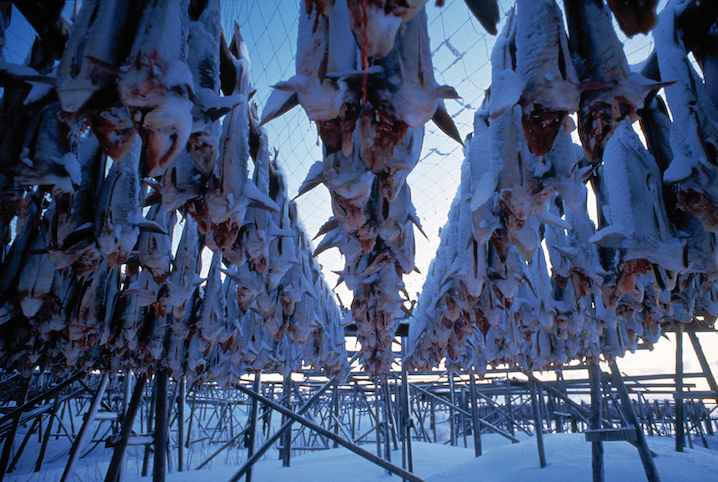
NORWAY
Tørrfisk fra Lofoten
Dried fish has always been a sustainable food. Once the stable of many coastal communities on the Atlantic fringe, mature cod need specific climatic conditions to dry completely in the open air. In the cold north cod was air-dried, in the hot south salt aided the process. The Vikings used it to conquer Europe, the Venetians used it to conquer tourists, while the Iberians used it to conquer their hunger.
Ingredient — Dried Fish

POLAND SLOVAKIA
Bryndza Podhalańska
Bryndza, the creamy white cheese of Poland and Slovakia, owes its popularity to a Wallachian tradition. The Wallachians were semi-nomadic pastoralists from the Balkans. They arrived in the mountains and foothills of central Europe with their own hardy animals and developed the method of making lump cheese with raw
milk from their ewes. The Podhale Zackel breed in Poland and the Podpolanie Wallachian breed in Slovakia roam the same foothills and mountains as their ancestors, eating the same floral grassland.
More.
Ingredient — Raw Milk

GREECE
Ελιόψωμο Πηλίου |
Eliópsomo Pilíou
Olives have played a huge role in the traditional food of the eastern Mediterranean for so long now we have almost forgotten the role they played in food security. This is one of the foods that sustained the Greek people through countless generations – an olive bread that is as light as the Greek air and as intense of the Greek sunshine.
More.
Ingredient — Olive

ARMENIA
შემწვარი კალმახი ბროწეულის წვენით | Kalmakhi Brotseulis Tsvenit
Armenia is home to most of the really interesting origin foods yet none are more original than trout, a favourite of the Armenians long before they knew themselves as Armenians. No one knows when the people began to marry the trout to the juice of the pomegranate, another original, but we are eternally grateful because this is one of the great fish dishes of the world, surely a specialist food of origin if there ever was one!
More.
Ingredients — Trout & Pomegranate

DENMARK
Flæskesteg med Svær
When Dan Jørgensen, Denmark’s Minister for Food, asked Danes to vote for their favourite dishes the result was not what he had hoped for. First, with an overwhelming percentage of the national vote, was fried pork with parsley sauce. ‘The vote has sparked a debate about what is Danish food,’ he said. ‘It is a good old traditional Danish dish that can be made super delicious, and for many symbolises something that is also important in the discussion of food – namely tradition, comfort, and enjoyment.’ Of course this did not surprise us. Will roast pork ever be symbolised as a traditional speciality? Now that is a question.
Ingredient — Pork
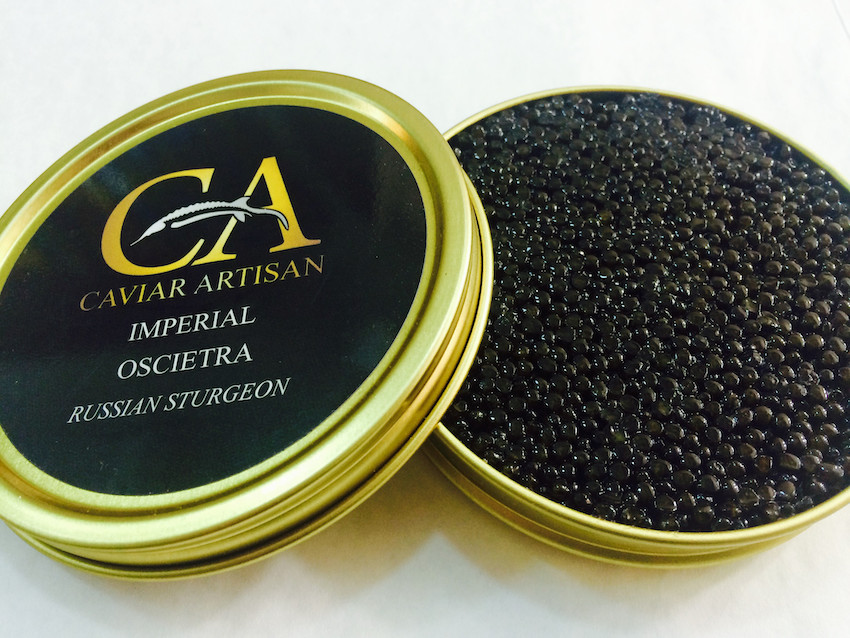
RUSSIA
икра
Caviar
Maguelonne Toussaint-Samat described caviar as ‘the last legendary food of modern times’. Traditionally, caviar was made from the roe of wild sturgeon in the nutrient rich Caspian Sea. It came in four varieties:
— beluga (pale to dark grey eggs from the larger fish);
— oscietra (various coloured eggs from the smaller fish);
— sevruga (dark grey to black eggs from the smallest fish) and;
— the enigmatic sterlet, a very small sturgeon that is almost extinct.
Despite its association with haute cuisine (and James Bond) caviar is a traditional food, albeit no longer sustainable in the Caspian, the Icelandic capelin taking its place as a breakfast item.
More.
Ingredient — Roe

LUXEMBOURG
Judd mat Gaardebounen
If you have ever sat down to a meal of smoked pork collar slices served with broad beans in an aromatic sauce and soft potato quarters and wondered where this wonderful dish comes from, the wise waiter might interrupt your thoughts to suggest a Luxembourgian origin. Georges Hausemer would disagree. ‘There is not a single indigenous dish which can in all conscience be described as typically and exclusively Luxembourgian,’ he says and goes on to explain why.
More.
Ingredient — Pork Collar

HUNGARY
Szegedi Paprika
Paprika is so entrenched in Hungarian food culture it is hard to believe it was only following the winter of 1875 that these enigmatic peppers became a resident flavour in soups and stews – 300 years after they were first brought into the country. Known for its characteristic colour, a natural consequence of the ripening and drying procedure, Szegedi paprika is now a window into Hungary’s peasant paprika culture.
More.
Ingredient — Paprika Pepper

NETHERLANDS
Kruidnootjes
Verstegen are relative newcomers to the Dutch spice trade. They began in 1886. Now they are big players in a big game that began a very long time ago. The spice balls called kruidnootjes symbolise the Dutch love for spice with a 2:1 ratio of cinnamon to each of cloves, ginger and nutmeg with a lesser amount of white pepper. Intrepid bakers spice up this combination with cardamon, coriander, fennel and anise.
More here and here.
Ingredient — Cinnamon

AUSTRIA
Knödel Geschichte
Knödelmeister Christoph Wagner is adamant. Dumplings are an alpine tradition centered in Oberösterreich (Upper Austria). Four thousand years ago the people of Mondsee, east of Salzburg, mixed flakes and flour from millet and wheat with fruit, herbs, nuts and water into a filled dough they baked in a stove. Was that the origin of the dumpling tradition? There are several secrets for successful knödeln. Among these are the quality of a primary ingredient – breadcrumbs from the small breads known as brötchen and semmeln.
Ingredient — Breadcrumbs

SPAIN
Croquetas del Puchero
Croquettes are among the most popular, traditional snack foods on the Iberian Peninsula, especially loved by the Andalusians who fill them with beef, cheese and potato, chicken, cod, mushrooms, mussels among other idiomatic food items and the special ingredient that makes them sublime. This is a velouté, a sauce made with a puchero broth.
More.
Ingredient — Chicken

MALTA
Ftira Tal-hemi
A pizza or a focaccia? These are Maltese, so they are flatbreads made with traditional bread dough topped with a variety of flavours – unique to Malta. As usual there is a secret and should be enough to identify these aromatic breads as a specialist food product with a definite geographical indication.
More.
Ingredient — Sour Dough

GIBRALTAR
Calentita
Famous as street food in the shape of lozenges, rectangles and squares, these golden fritters are more than a snack, they are history and tradition. Called l‘oro di Pisa in Genoa, panelle in Palermo and calentita in Gibraltar, it is hard to believe that four ingredients – chickpea flour, olive oil, salt and water – could be cooked differently to produce the same result.
More.
Ingredient — Chickpea
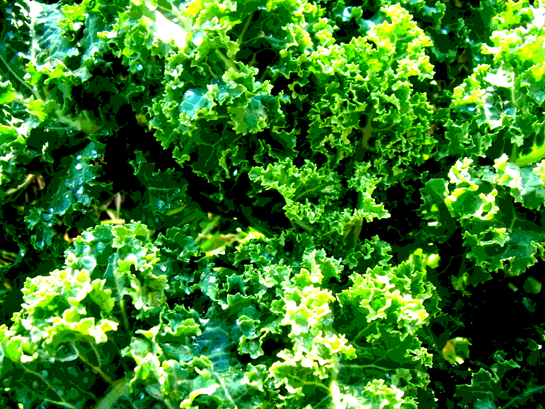
SWEDEN
Grönkål
A coarse large-leaf cabbage with a
curly crinkled appearance, kale is the cultivated variety of the wild cabbage of the Mediterranean, rich in minerals and vitamins. The Romans introduced it to northern Europe and today kale dishes feature among the traditional foods of the Scandinavian countries. The combination of kale, butter, buttermilk or cream, potatoes and scallions or leeks is believed to be one of the oldest dishes in northern
Europe.
Ingredient — Kale
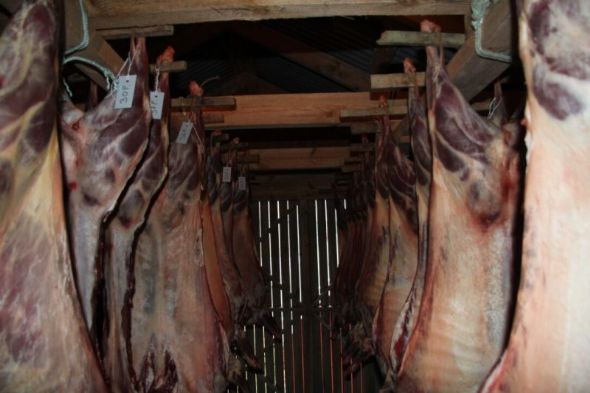
FAROES
Ræst
One of the most sublime dishes of the world is found in the Faroe Islands, the Atlantic archipelago centered between Iceland, Norway and Scotland, a seemingly simple preparation of lamb with potatoes and root vegetables. All it is not what it seems. Faroese lamb has a special quality that is enhanced by a process that produces a fifth element, the umami flavour that comes after bitter, salty, sour and sweet. The good people of KOKS restaurant described the process.
More.
Ingredient — Magic!

SLOVENIA
Prekmurska Gibanica
The true origin of the layered pastry is a mystery. Believed to predate the Ottomans yet associated with Viennoiserie, the country where the layered pastry is rooted in traditional food is Slovenia. The ingredients in this filo-style pastry suggest no particular origin, with apple, curd cheese, poppy seed, sour cream and walnut among the fillings.
More.
Ingredient — Filo Pastry

